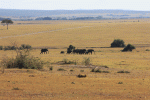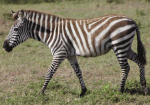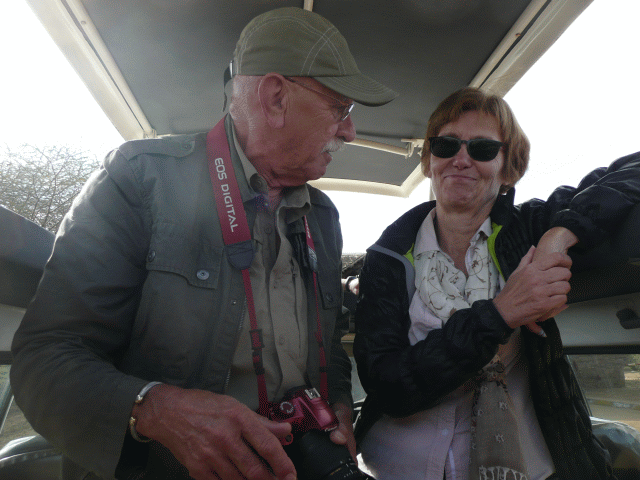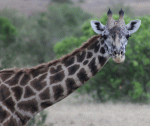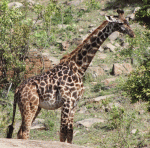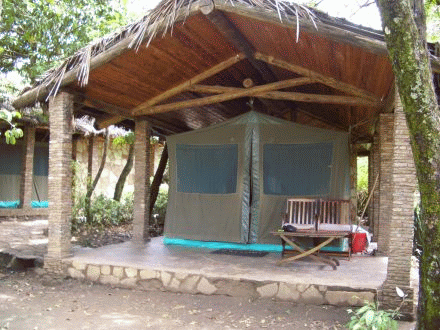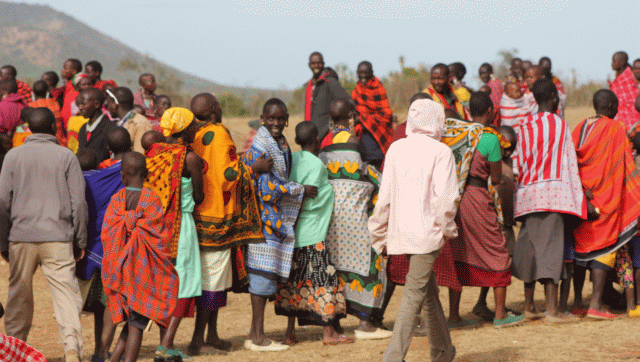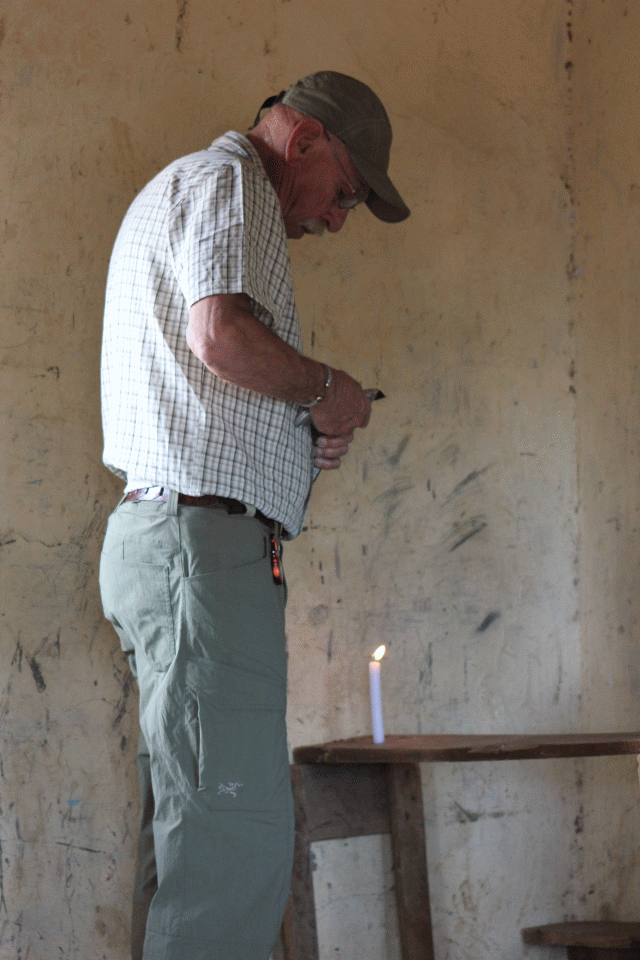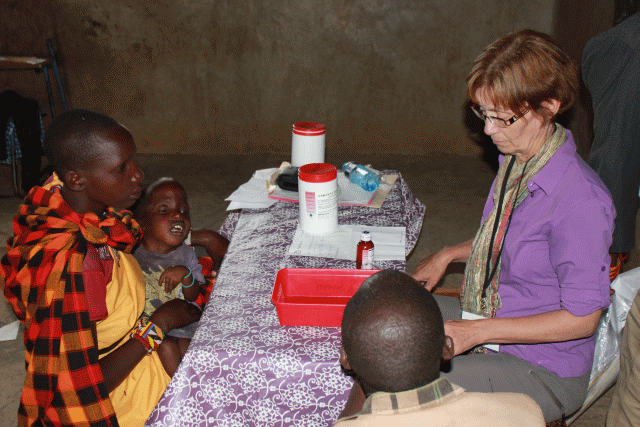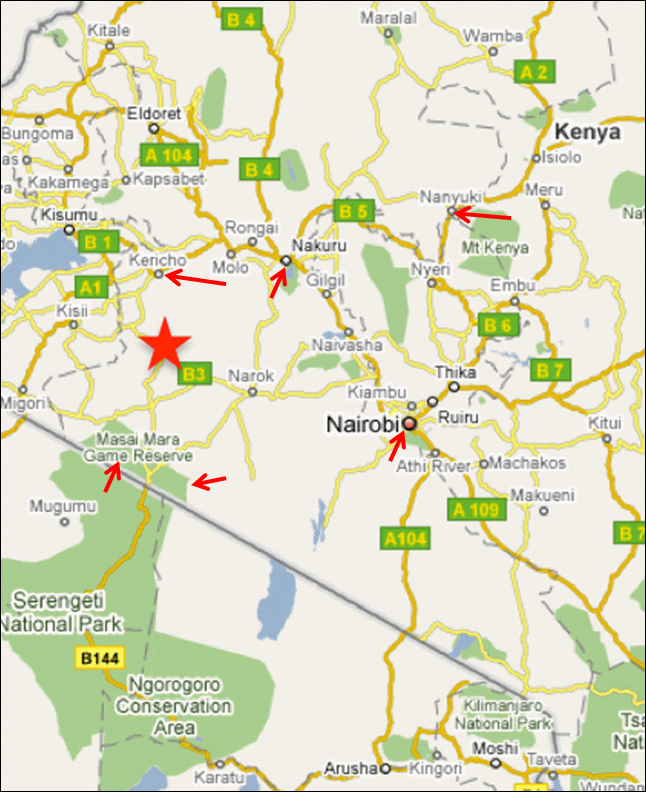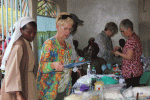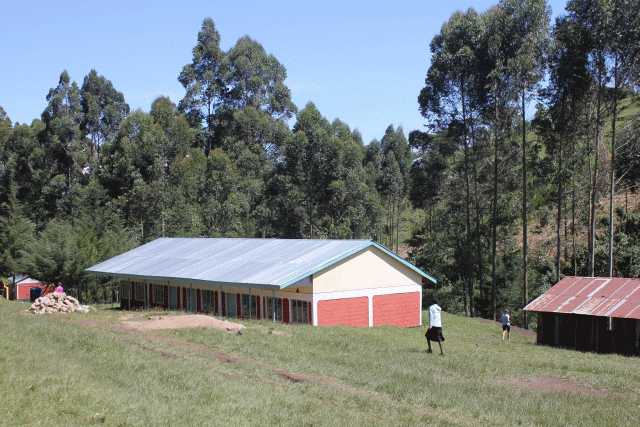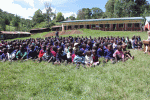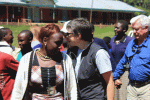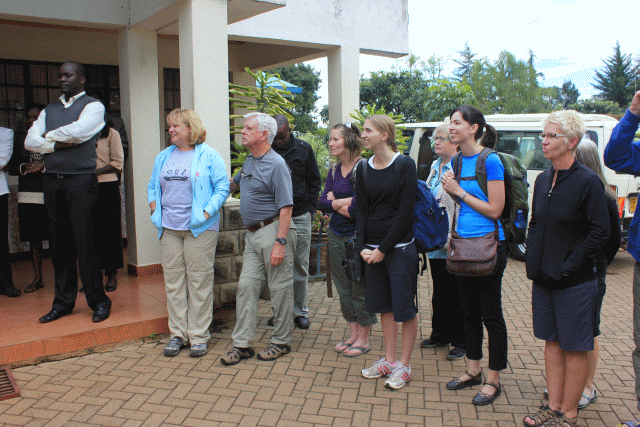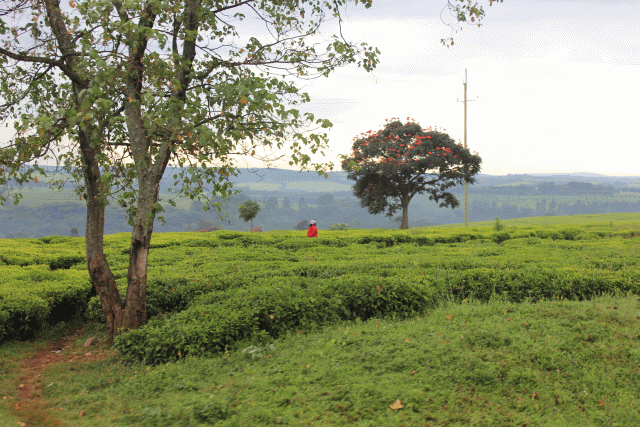On The Road Home!
We are in for two very long days of travel to get back home. Although we had a great time and a wonderful experience, the homing pigeon in me tells me that it is time to head home. Here is a quick update:
Wake up: 6:00 am Saturday Nov 22 (8:00 pm Friday MST)
Depart Fig Tree on the Masai Mara at 8:00 – plan to do a “game drive leaving” as Martin called it.
Game drive around a new area of the Masai Mara near the gate that we will take to get on the road to Nairobi. More on the game drive in a minute! – but I will give you a bit of a teaser 🙂
We leave the Game Reserve around 11:00 and get on the very rough and very, very dusty road to Narok. Remember that these vans do not have AC and it is about +25C outside the van and about +35 inside the van. We try to open the windows when we can but the constant vehicle traffic create huge clouds of dust that seep in every nook and cranny in these safari vans. It is a very desolate area with Masai villages scattered here and there, and cows/sheep feeding along the highway.
We get to Narok, and do some shopping for Len – he is looking for headlights for the 4 clinical officers that are involved in our pilot project. As it turns out, one clinic for sure does not have electricity and the medical officer there has to deliver babies in the middle of the night using only a flash light. At least, if he has a head lamp, he will be able to keep both his hands free while birthin’ these babies!
After having lunch in Narok, we head for the huge city of Nairobi. This road is very busy with many large trucks, old, over loaded work trucks, half tons with stock racks on them that are just full of live or nearly live sheep on them (Vicki and Barb called it a “Jenga Sheep Truck” — it was actually very disturbing to see 20 or 30 sheep piled in the back of a small pick up truck with no water, no food, and left in the +25 degree temperatures. After a while, we saw more dead sheep in these vehicles than we did live ones.
Anyway, we are getting closer to Nairobi but we have one last obstacle to over come – climbing from the bottom of the Rift Valley to the top of the escarpment surrounding it. This climb is roughly 6,000 vertical feet that you climb in about 10 km.
The road is steep, narrow (no shoulders), with sheep, goats, and cows feeding in the ditches, and there are few, if any, guard rails.All of these over-loaded/underpowered trucks belching cheap diesel fumes, coupled with all of the buses, motorcycles, and fancy Toyota Forerunners are piled together in a traffic jam that would make Deerfoot Trail on a Friday afternoon look like a walk in the park!
It takes up to 90 minutes to travel this 10 to 15 km stretch. Remember it is +25C outside, +35C inside and besides dust, we are now sucking up an incredible amount of diesel fumes and soot. However, there were some interesting sights, sounds, and smells! Here are some pictures:
We made it to Nairobi and had to meet up with another Voyage Afrique driver to hand over some supplies that are staying in Nairobi. We had to make a stop at a fancy souvenir shop to pick up some trinkets to bring home, Then we made a stop at a Nakumatt (something like Walmart) because Len couldn’t find the head lamps in Narok but we did find them in Nairobi. We also picked up a few pounds of Kenyan coffee – might was well buy it in a Nakumatt rather than the overpriced coffee they sell in the tourist shops. Then we had a quick bite to eat at a hotel near the airport, and finally, at 8:00 pm we get to the curb-side check-in at Jomo Kenyatta International Airport.
A personal note for my van mate Bob – you will never guess what we ran into when we stopped at the Nakumatt in Nairobi.
Yup – you guessed it – a KFC. No one else will get the joke except those of us in Van 4!
We arrive 2 hours before our flight which, to most, sounds crazy that I wouldn’t be here three hours early? But, they only let you through the security area 2 hours before flight time so no sense standing on the curb waiting.
The system in Nairobi is rather inefficient, There is only one security screening machine for this entire building. All passengers must have their baggage screen and go through a full security screen before we can even enter the building. Then, because we had such poor Internet access at the Fig Tree, we couldn’t do the boarding pass thing. Plus, Vicki and I are bringing a hockey bag of stuff back home for Len and Barbara who are extending their trip by spending a week or so in Spain. We stand in line to get our baggage weighed before we get to the gate. We go through a document scanning process, then to the kiosk to print out boarding passes, then take the baggage to the drop off counter, where it is weighed again, before we get our baggage tags. The next step is to go through Kenyan Passport Control – our finger prints have to match the ones they have on file, upstairs to wait for our “Gate to Open”. Once the gate is opened, travellers flood to this area like flies to a piece of elephant dung! The race isn’t so much to get through first but this is a 747-400 aircraft – over 300 people, and with waiting room inside the gate can only hold about 150 people. Another passport check, then through another security screening gate, and then scramble to find a seat. It takes an extra hour to load the plane – there is some technical problem plus there is only one ramp to get passengers onto the plane.
We find our seats and the lady sitting with the aisle seat is sicker than a dog – oh good – we get to spend the next 8 hours and 30 minutes sitting to this poor lady. However, I guess it isn’t any worse than sitting in the clinics in close proximity to all of the Kenyans we dealt with for the last two weeks.
It is now 8:48 in Amsterdam – we don’t leave for another few hours so I will post some great pictures of our last game drive and go back to fix us some of the other blogs.
Hope everyone has enjoyed following our 2nd “Once in a lifetime!” adventure – it looks like it will be a trilogy at least 🙂
Glen











